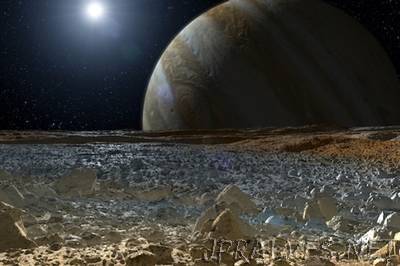
“Our local gas giant has two more natural satellites added to its roster. The planet Jupiter is a beast: Three-hundred-and-seventeen times the mass of the Earth, mostly made of metallic hydrogen, and at the center of an astonishing collective of orbiting natural bodies. In fact, Jupiter’s satellites form a shrunken version of a full planetary system: from the tightly bound larger Galilean moons (orbiting in their Laplacian mean-motion resonances, akin to places like TRAPPIST-1) to the remarkable array of smaller moonlets that encircle this world out to more than 30 million kilometers. These bodies circle Jupiter in anywhere from about 7 hours to an astonishing 1,000 days. Until recently the cataloged satellites totaled 67 in number. But only the innermost 15 of these orbit Jupiter in a prograde sense (in the direction of the planet’s spin). The rest are retrograde, and are likely captured objects - other pieces of the solar system’s solid inventory that strayed into Jupiter’s gravitational grasp.”
